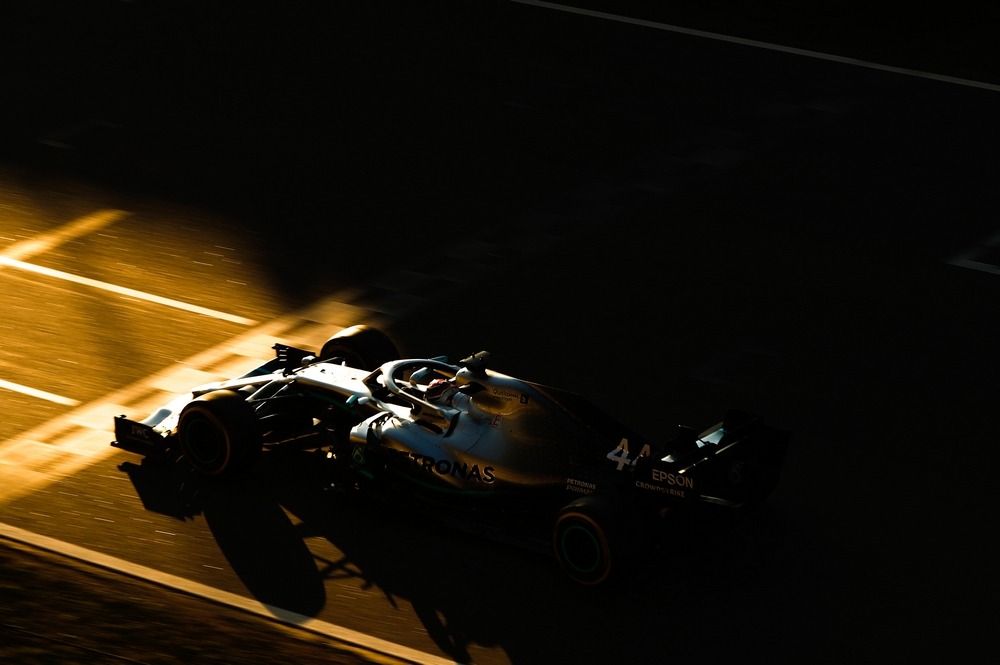
Formula One has revamped the points scoring system by introducing a bonus point for earning the fastest lap, a practice that was discontinued in F1 nearly 60 years ago. The changes were made in an effort to improve the show.
Starting at the season opener in Australia, drivers will have the chance to earn an extra point towards the championship titles if they manage to set the fastest lap of the race. This will add a potential 21 points to the total points pool available throughout the season, nearly the same amount earned for a race victory. However, this bonus is only valid for drivers who are classified within the top 10. If a driver outside of the top 10 scores the fastest lap, no one will be awarded the bonus.

The concept of winning an extra point simply for driving the fastest is not uncommon in motorsport, with other series like Formula-E implementing such a scoring system. According to Ross Brawn, the idea has been under consideration for a while and was something that the fans wanted.
“Together with the FIA we have been committed to evaluating ideas and solutions that can improve the show whilst maintaining the integrity of our sport,” he explained. “We felt that the reintroduction, after sixty years, of a point for the driver of the fastest lap in the race goes in this direction. We have been considering this solution – which represents a response to detailed research carried out with thousands of our fans around the world – for a number of months.”
There was a time when I also thought that introducing a bonus point for the fastest lap would be a good idea, but I’m admittedly skeptical now. While many are saying that the extra point wouldn’t change anything, that’s far from the truth. Looking at the 2018 results, Valtteri Bottas would have earned a staggering 7 additional points; enough to move him up past Max Verstappen and Kimi Raikkonen in the World Drivers’ Championship and into P3.
Though, in general, the drivers who would see the greatest impact of small points bonuses are the drivers in the middle of the grid, who frequently finish the season with just a few points separating each other. But, ironically, these are the drivers that aren’t eligible for the points anyway.
Although the premise of giving drivers the opportunity to score more points may seem like it will help close the gap between the leading drivers, it could have some adverse effects to the racing that we see in F1. It’s entirely possible that a driver who feels they don’t have the chance to catch the driver ahead but feel safe from the driver behind may slow down to get into clean air, just to try and set the fastest lap. But that’s not really what fans want to see. Time trials are for practice and qualifying, not Sundays.
Nevertheless, far too often are we over-critical of the changes that Formula One management makes to the sport. They are making the change with the best intentions: to improve the quality of the sport. We won’t really know what difference it will make, if any, until we give it a shot.